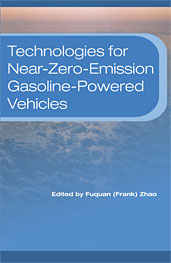Technical Paper
Smart Cockpit Development Trend and Smartphone-Head Unit Relationship
2022-01-31
2022-01-7004
Smart vehicles have become an important development direction of the transformation and upgrading of the automotive industry. Highly intelligent smart vehicles can free human drivers from driving tasks, endowing cars with the mobility and instrument properties. Smart cockpits integrate the media for interactions between humans and environments inside and outside cars. This paper has explored the components of smart cockpits, sorted out three development stages of smart cockpits from such three dimensions as man, car and environment, analyzed the characteristics of the second development stage (Stage 2.0), and illustrated the necessity of the competition between smartphones and head units at the second stage. Based on the comparison of merits and demerits between smartphones and head units, this paper has proposed three principles for an ideal division of duties of smartphones and head units.


